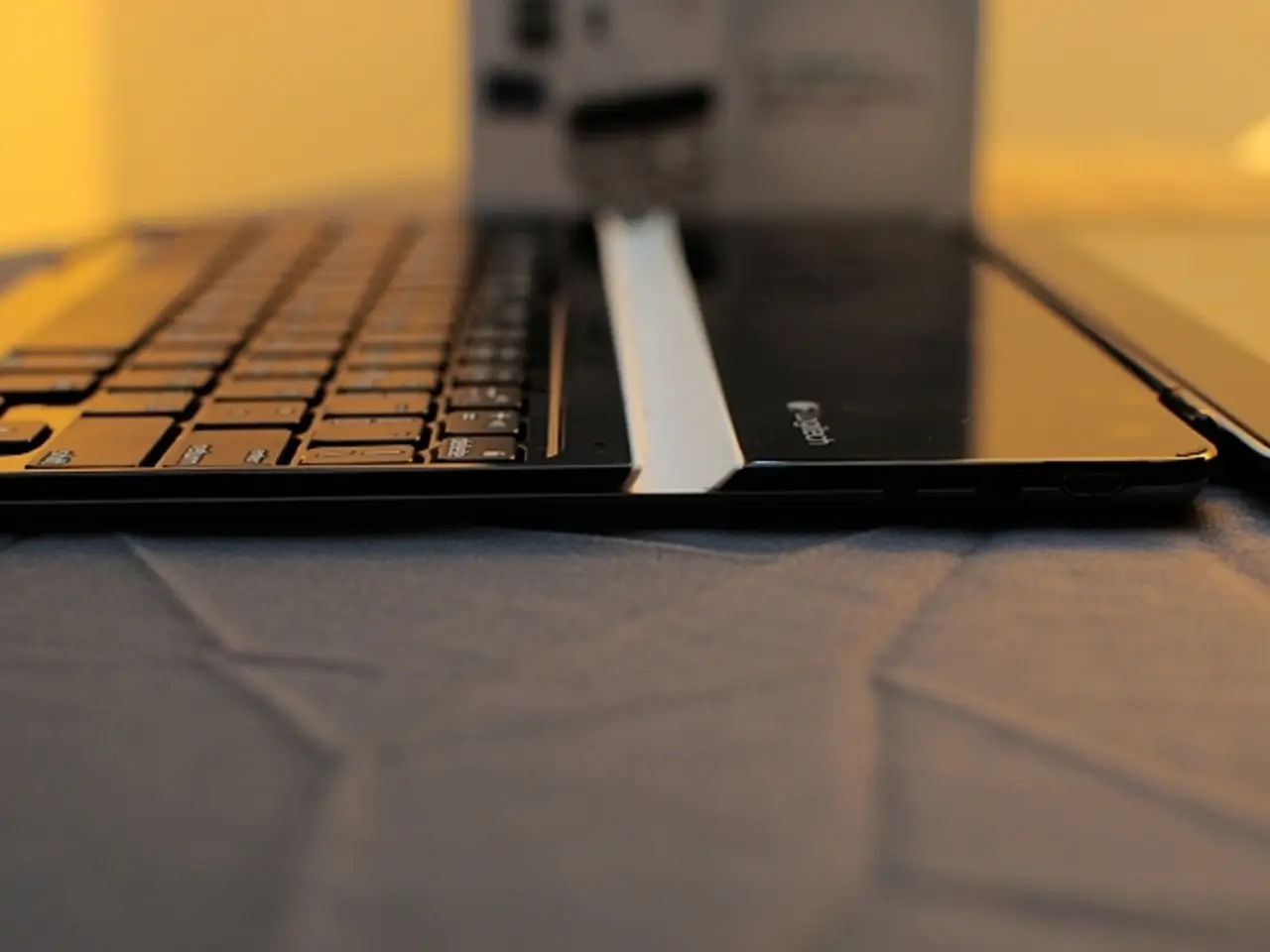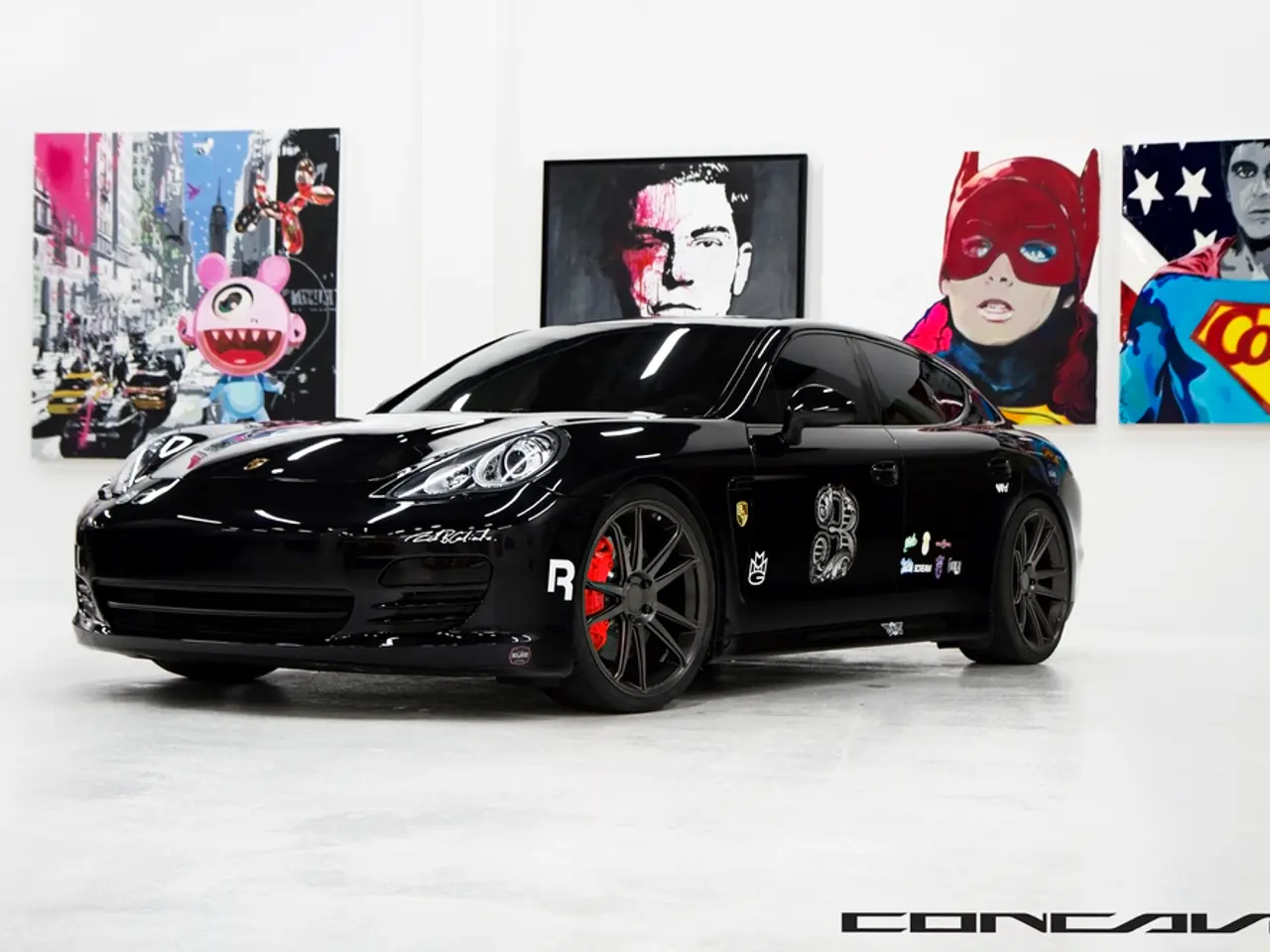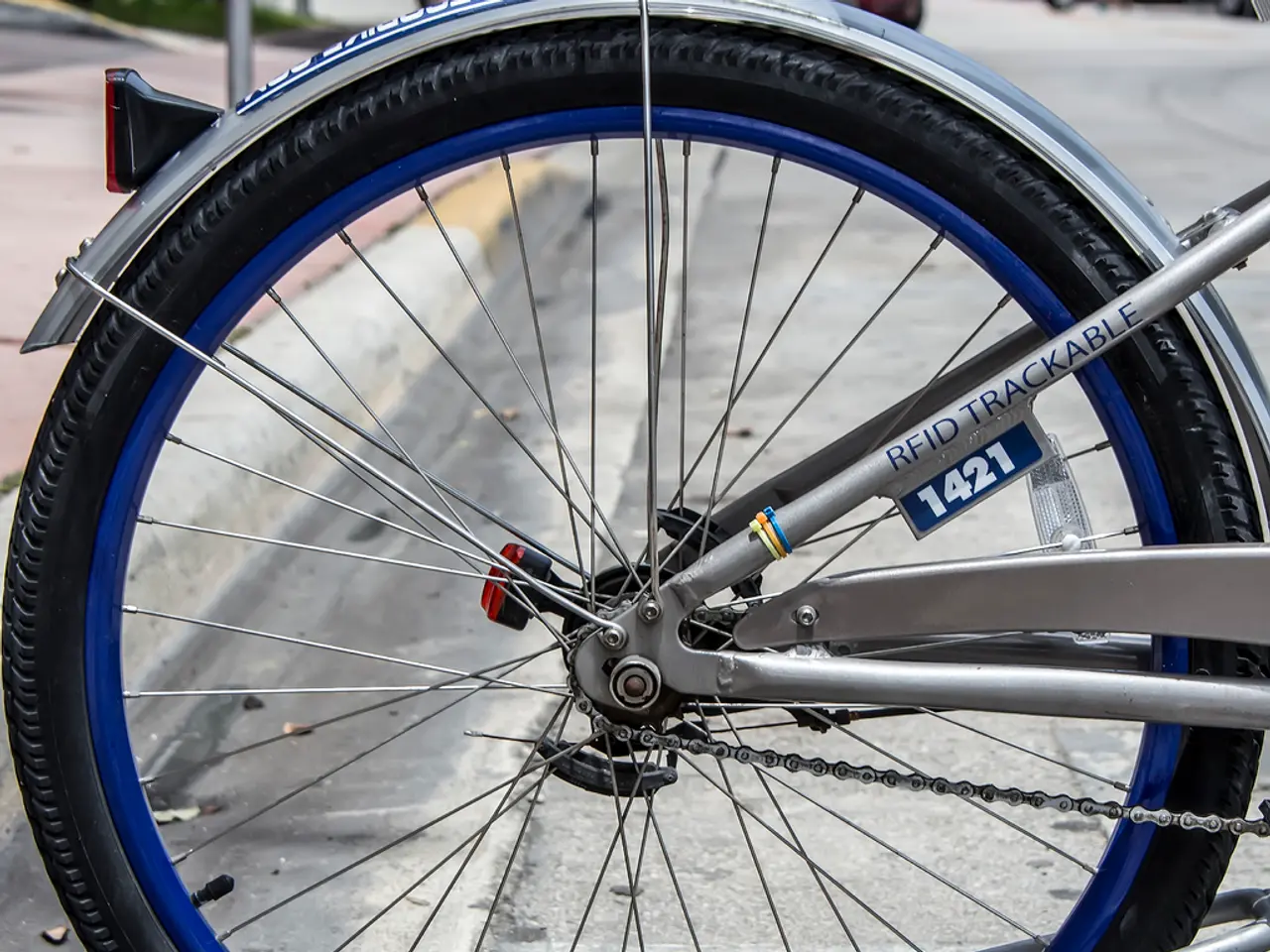Reaching an Astounding 1,860 Miles on a Single Charge: Huawei's Innovative Battery May Revolutionize Electric Vehicles
Revved up, electric car enthusiasts! A potential game-changer could be right around the corner, and it's Huawei—a tech giant you might be familiar with for smartphones—that could have the answer. They've got a new battery idea that sounds almost too good to be true. Imagine cruising almost 1,900 miles on a single charge, like driving from New York to Denver without needing to plug in! The craziest part? They're talking about a mere five-minute "fill-up"!
But don't get too excited yet—we're still a few years away from seeing these in actual cars. While Huawei leads in China, it could take some time before their specific technology finds its way into cars outside of the country. However, this breakthrough has car engineers re-imagining everything about how they design tomorrow's electric vehicles, and automakers worldwide are also heavily investing in this same solid-state battery dream.
The Magic Ingredients Behind the Super Battery
The secret to Huawei's big idea lies in making the battery super stable. Modern electric car batteries rely on liquids, which can present problems over time. Huawei's patent describes a solid-state battery that uses a special, tough material—almost like a ceramic—which has been treated with something called nitrogen. This adds a protective coating that keeps everything inside the battery working perfectly for much longer.
This isn't just about making batteries last. This new design can cram two to three times more energy into the same space as the batteries in cars today. And for car designers, that's a huge advantage! Instead of needing a massive battery pack that consumes a lot of space, they could achieve the same incredible range with a much smaller, lighter battery.
How This Could Change the Way Our Cars Look and Feel
Imagine no longer having to put up with a sleek electric sports car looking chunky just to get a decent range. Your family SUV could have even more cargo space because the battery isn't using up room under the floor. Thanks to the lower fire risk of these solid-state batteries, designers might be able to build the battery right into the car's structure, making it stronger, safer, and more integrated. All of this could lead to more comfortable, less restrictive rides.
Of course, there are some engineering challenges to solve. These solid materials can be a bit delicate, so they'll need clever protection. They don't shed heat as efficiently as liquid batteries, so engineers will need to figure out smart ways to keep them from overheating.
The Dream of the Five-Minute "Fill-Up"
The idea of charging your car in just five minutes is revolutionary, making road trips a breeze. Instead of meticulously planning stops for long charges, you'd be able to simply pull into a station, plug in, grab a bite, and you're back on the road in no time.
This speed would also transform charging stations from their current industrial, heavy-duty appearance to something closer to modern gas pumps.
The Reality Check: Not So Fast!
These amazing numbers—1,900 miles and five-minute charging—are based on lab tests under perfect conditions. Factors like hills, weather, air conditioning, and everyday acceleration will inevitably impact these figures.
The biggest hurdle? Cost. Right now, making these batteries would be three to four times more expensive than today's batteries. That's a huge barrier to getting them into cars for the average person. Plus, the manufacturing process is tricky, making these materials fragile to handle and requiring entirely new ways of building batteries.
Even if the technology works perfectly, our electric grids are not yet ready for widespread five-minute charging. Imagine every gas station suddenly needing enough power for a small town. That's the kind of massive upgrade we would need.
The Global Battery Race: A Hope for All Automakers
Huawei isn't the only one pursuing this dream. This is a worldwide competition, with major players globally. Toyota, for example, announced a significant breakthrough in solid-state battery development back in June 2023. Their prototype demonstrated the potential for an impressive 745 miles of range and a rapid 10-minute charging time (for 10-80% state of charge). Toyota plans to introduce EVs with this technology by 2027 or 2028.
The competition is fierce, with other Chinese battery giant CATL also targeting solid-state batteries by 2027. Companies like Solid Power, QuantumScape, Samsung SDI, LG Energy Solution, and Mercedes-Benz are also investing billions into solid-state battery research.
The stakes are high: batteries can make up more than half the cost of an electric car. Owning the next generation of battery technology means great power in shaping the future of the automotive world. While Huawei is a formidable competitor, we might not see their specific technology in cars outside of China anytime soon, but the global competition means that automakers worldwide are also heavily investing in this same solid-state battery dream. The future of EVs looks incredibly promising, and we can only hope that non-Chinese automakers will successfully bring similar breakthroughs to market soon.
Preparing for Tomorrow: What This Means for You
Leading automakers are already designing vehicles on flexible platforms, preparing to adapt seamlessly as solid-state batteries become affordable and reliable. This foresight promises a future of truly optimized cars: sleek city commuters, luxurious long-distance cruisers, or powerful work trucks, each perfectly tailored for its purpose. All this comes as a result of the global push in battery innovation. The road ahead for electric cars looks incredibly bright.
While breakthroughs like Huawei's patent offer an exciting glimpse of what's possible, the immediate reality means we probably won't see 1,900-mile EVs on sale next year. Hurdles still remain—from steep production costs, complex manufacturing processes, and the need for substantial upgrades to our electric infrastructure.
Yet, this revolutionary technology is profoundly influencing how car engineers envision future vehicles. The ultimate goal isn't just better batteries, but cars that offer unparalleled performance, extensive range, abundant space, and an accessible price point, all without compromise. When that pivotal balance finally shifts, it'll be due to global advances in solid-state battery design. For now, this patent serves as a tantalizing preview of a future where the current limits of electric vehicle design simply disappear. Whether it's just around the corner or a few years down the road, the future of electric driving looks incredibly cool.







